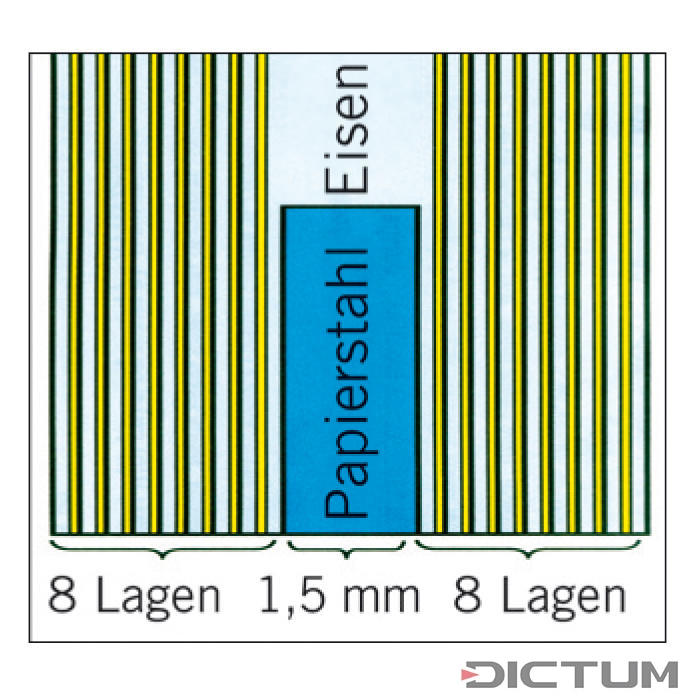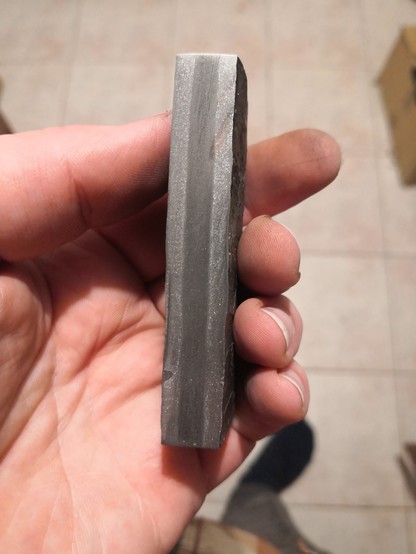Here is how to learn forge welding for things like san-mai and basic damascus:
Take some 1/4" thick mild steel (cheap welding steel from the hardware store) and a bar of 1084 range steel and practice. Cut the carbon steel into 1"X4" and the cladding into 1"X3" pieces. strips. Stack three together and tack weld the corners. The longer core will be the handle for forging.
Make about ten of these starter billets.
Take one billet and heat it to what you think is right. Then weld it up with a hammer.
Grind the edges to see how it welded. Draw it out to about 6" or 7" long. Re-grind the edges.
Take the next billet and do the same with hotter heating. Observe the color as it appears to you when you think it is ready to forge.
Test the billets until you get the color and forging down.
The good thing is the drawn-out billets will all make a good blade if the welds were good.
For damascus practice, make 7-layer stacks. If the billets draw out well, use them for the cladding on 1084 and make suminagashi.
TIPS:
Make sure the billets have fully soaked all the way through before welding.
When you think the billet is ready to weld- heat up a piece of coat-hanger wire, stick it in some flux, and push it against the billet. If the billet is at welding temp the wire will stick.
Use a reasonable size hammer. 2#/1Kg is good for a small billet, 3#/1.5Kg max.
Start with lighter blows and increase force as the billet welds.
If it starts to cool to red, put it back in the forge to re-heat. Hammering a too cool billet will un-weld what you just did.





